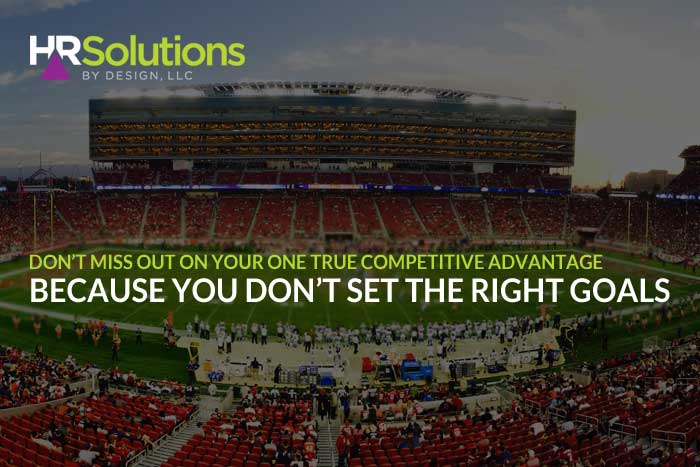It’s no secret to those who know me that I am a lifelong fan and graduate of Clemson University. As such, my blood definitely runs orange whether Clemson wins or loses. Right now, of course it’s all about winning. Although I am basking in our recent football National Championship win over top ranked Alabama, I have been pondering how a small, relatively unknown university becomes a football powerhouse and successfully dethrones the Alabama dynasty. My conclusion – It’s all about the Organizational Culture (OC). According to Dabo Swinney, head football coach of the Clemson Tigers, leadership is all about the culture. “People don’t care what you know until they know that you care.” It’s about having a genuine appreciation for each other – for everybody, and for each person’s role. I want to be kind of a “servant leader.” Leadership is ultimately about serving others, and I think if you have that mentality and that perspective, then you have a chance to be a good leader.”
Organizational Culture (OC) is already part of your business – now turn it into a competitive advantage. To create a competitive advantage using your OC, your values and philosophies have to be an integral part of your “normal” course of doing business.
How important is OC to leaders today? According to John Bersin’s article “Culture: Why It’s The Hottest Topic In Business Today” he noted that “culture, engagement, and employee retention are now the top talent challenges facing business leaders. More than half business leaders rate this issue “urgent” – up from only around 20% last year.”
Setting and Executing OC Goals as Part of the Strategic Plan
Most organizations are familiar with the annual ritual of setting business goals with the hope they will guide employees’ efforts and tactical focus and ensure all employees contribute fully to the organization’s success. While this is a tried and true process, these goals typically fall into several predictable “business” categories such as: Productivity, Safety, Quality, Financial, etc. Rarely do leaders include Organizational Culture (OC) goals in their list of business priorities, unless of course they have decided they are plagued with a toxic OC that is preventing them from achieving the real goals. But rather than look holistically at OC as a business process, most leaders go into seek and destroy mode locking themselves in a room, affixing blame and looking for quick fixes to get things “back on track”.
Innovative leaders with the vision of OC as know their people and OC provide the organization’s only true competitive advantage. These leaders take a different approach – they seek to incorporate OC goals into the very DNA of their organizations, understanding that engaged employees invest themselves: mind, body and soul into the organization and drive uncompromising results – not because they have to, but because they want to.
The good news is, you too can create an empowering OC that will attract and retain highly qualified, engaged employees who thrive because their passion, potential and performance have been unleashed. Here are some ideas to get you started:
Tips for aligning culture and strategy:
- Identify and focus on ACTIONS (behaviors) that will lead directly to desired outcomes.
- Evaluate those ACTIONS against your stated values and philosophies – are they congruent? If not, proceed with caution or change either your actions or values.
- Implement business and OC metrics and make outcomes both observable and measurable.
- Lead by example – it’s up to you to model OC expectations.
- Realign your reward systems with your OC and desired ACTIONS.
- Ensure people see a clear connection between their ACTIONS and the desired OC.
- Communicate organizational values and philosophies while focusing on the strategy.
Tactical Components for aligning culture and strategy:
- Select the strategic direction, goals and objectives.
- Determine which ACTIONS (behaviors) are necessary to achieve the goals and objectives.
- Identify the OC attributes in your organization that will reinforce those ACTIONS (behaviors) such as stories (legends and lore), key relationships, rituals and ceremonies that influence internal and external behavior.
- Identify the OC attributes in your organization that may create barriers to positive ACTIONS (behaviors) needed to achieve those results.
- Determine ACTIONS (behaviors) that need to change to achieve results AND reinforce your OC.
- Ensure leaders model and promote expectations for performance through OC.
As I’ve stated in The OC Equation – Unleashing Your Employees’ Passion, Potential and Performance, “Ultimately, your organization’s success implementing its business strategy will be directly related to how well your OC aligns with that strategy.” Are you preparing to lead your organization to attract and retain the talent needed to execute?


